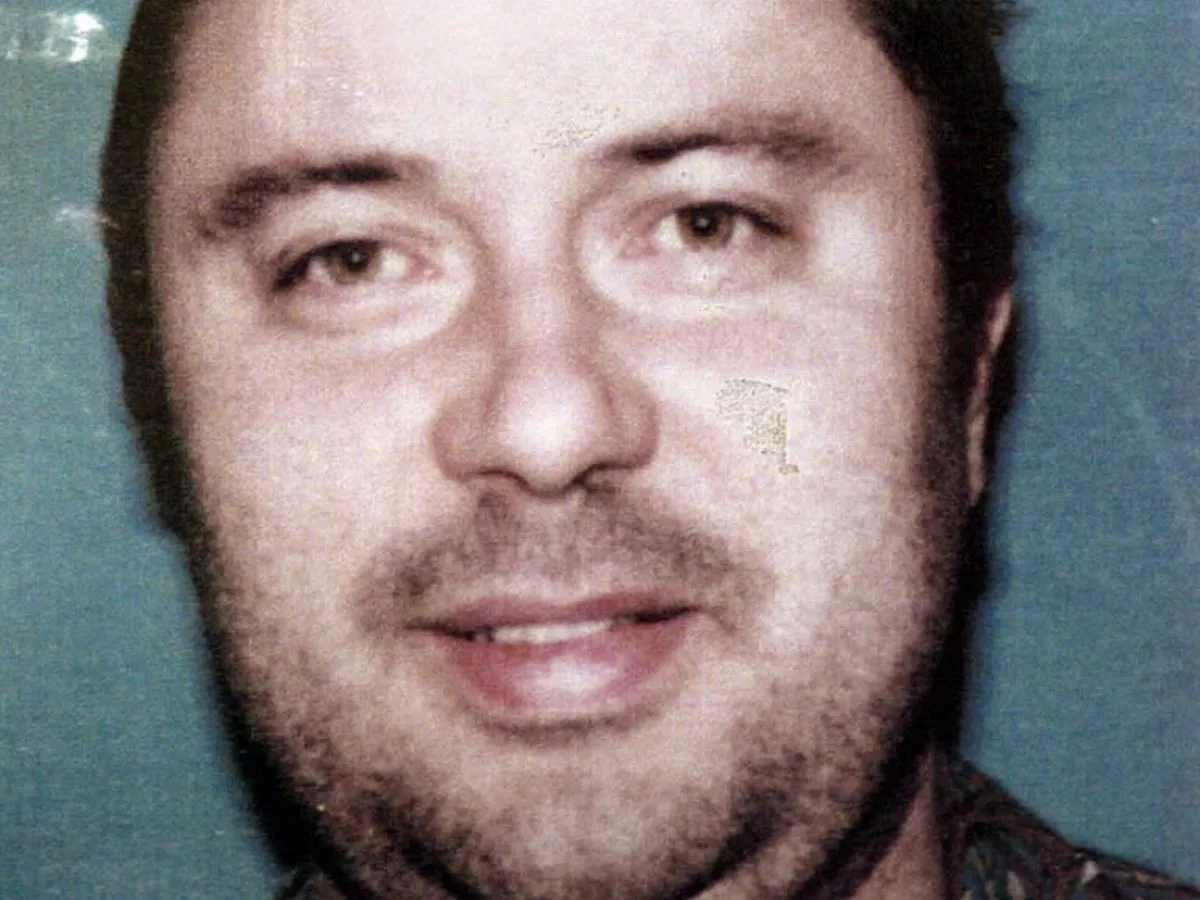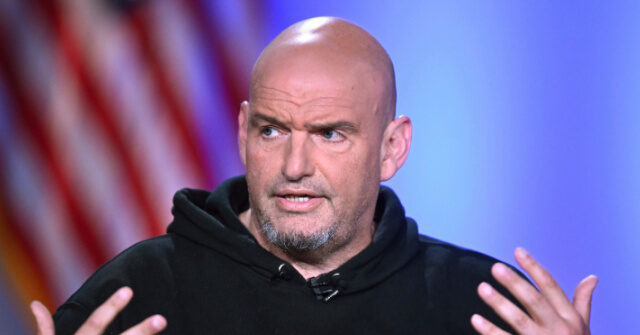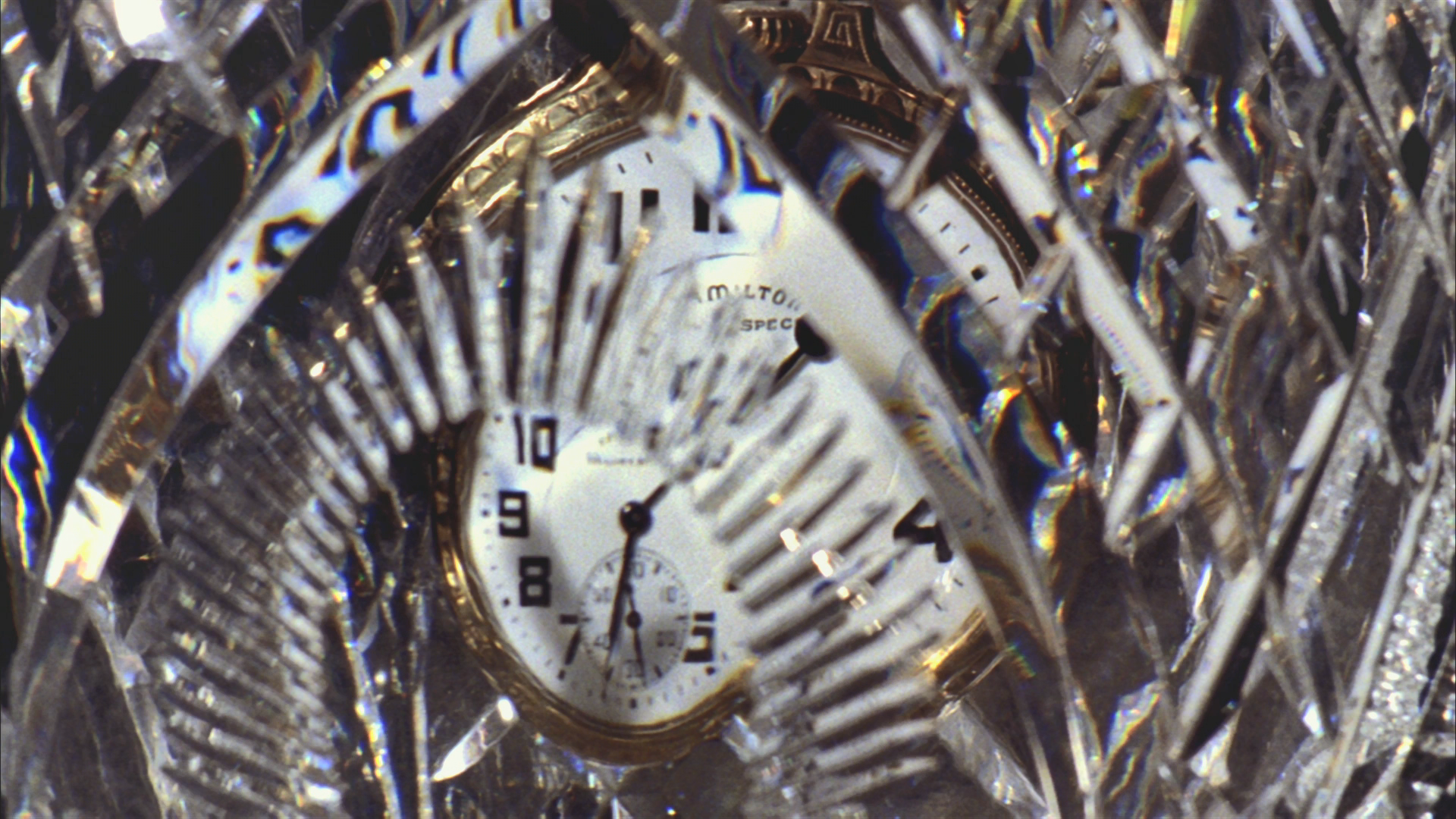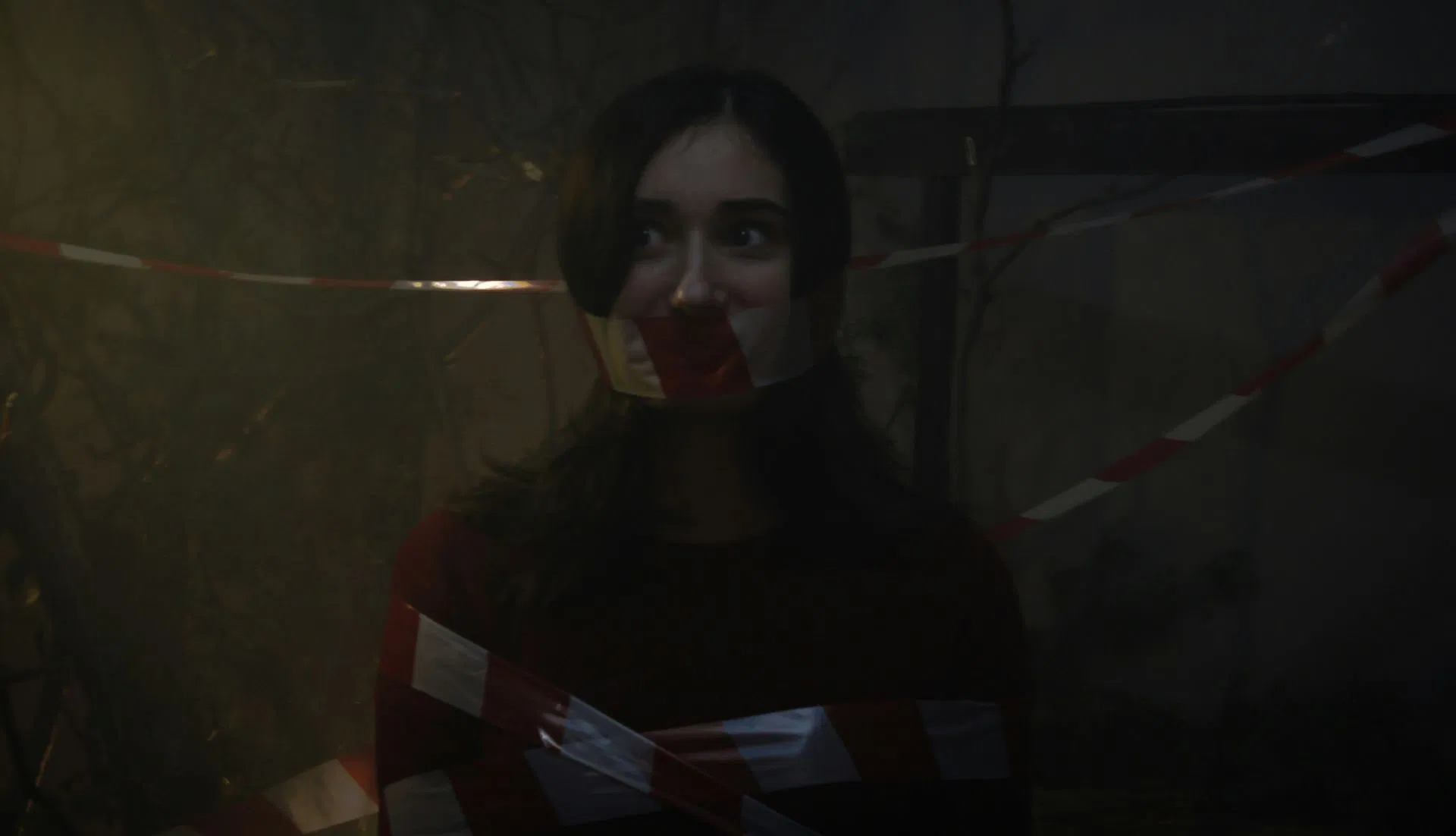“Limbs in the Loch killer struck again” Cop who snared fiend fears over blood splatters in flat
By Norman Silvester
Copyright dailyrecord

A detective who helped bring “Limbs in the Loch” killer William Beggs to justice believes he has other victims who have not yet been identified. Stuart Ferguson was deputy senior investigation officer probing the murder of 18 year old supermarket worker Barry Wallace in December, 1999 for which Beggs was later arrested and given life in prison. In a new ten-part documentary series he reveals details of blood found in Beggs’ Kilmarnock flat which was not Barry’s and which he fears belongs to other young men. Stuart said: “I am a firm believer there are other victims. The initial search of the house took several days. In some carpets, underlay, then floorboards we found traces of blood. human blood , male human blood, which was not identified and still have not been identified. Who else has been in that property and has left blood to that extent.” Forensic psychologist Joni Johnston tells the Body in the Water programme that some victims – who may have been raped or sexually assaulted – did not report the attacks because they were embarrassed about what had happened or were fearful of Beggs. The series looks at ten murders in the UK and USA where the victim’s bodies were dumped in water in a bid to cover up the crime and evade justice. The first episode broadcast on Tuesday night describes how mistakes by Beggs and some good luck involving a police diving team led to his downfall. Jeff Adams, who led the police diving team, described how Barry’s body parts were found the day after Beggs had dumped them off the pier in Rowardennan at Loch Lomond . By chance he had arranged a diving session for his men at that exact location. One of his team saw two black bin bags on the surface and found an arm then part of leg. Tidal Expert Dr Simon Boxall reveals how Beggs bungled by choosing Rowardennan as Loch Lomond has little or no tide meaning the body parts did not wash away as he would have hoped. Two days later further searches found two hands, two legs, an arm, two lower legs, a thigh and a foot. At first it was thought that the body parts may have been the victim of some form of gangland execution . By this time Barry had been reported missing by his parents but he had no links to criminality and police had not identified the victim. A major development came on December 15 – nine days after Barry had gone missing – when his dismembered head was found in a black bin bag washed up on Barassie Beach in Ayrshire. The man leading the investigation, former Detective Supt John Geates, had the job of telling the parents and asking Barry’s father to come to the mortuary in Glasgow to identify his son. Describing the murder and dismemberment he said:”This was absolutely horrifying, it was off the scale.” It was around this time that police identified a suspect William Beggs, from Northern Ireland, who had been convicted of a series of horrific and violent attacks on men. At Teesside Crown Court in Middlesbrough he was jailed for the 1987 murder of Barry Oldham, whose body he had attempted to dismember, but walked free on a legal technicality two years later. In 1991, Beggs who by then had moved to Ayrshire, was sentenced to six years for attacking Brian McQuillan with a razor at his flat. It later emerged that the suspect had taken a ferry back to Northern Ireland to see his parents, the day after he murdered Barry, and dumped his victims head overboard. Officers then obtained a warrant to search Beggs’ flat for evidence linking him to the murder. However he was at work in an Edinburgh call centre. When he heard about the raid in a radio broadcast he jumped in his car and headed to Luton Airport. He then took a flight to Amsterdam where he handed himself into police Beggs knew that Holland had very strict extradition rules and there was a chance he would be allowed to stay there. It was however another major blunder as police found his car at Luton Airport and traces of Barry’s blood inside. Beggs spent the next year in a Dutch prison cell unsuccessfully fighting extradition during which police found more incriminating evidence in his flat. They also learned of other knife attacks by a teenage Beggs including one a teenage boy on a camping trip in Northern Ireland Mr Geates added:”He had a whole history of cutting people in youth hostels. “He was banned from youth hostels in the Balmaha area for that reason.” On January, 2000, divers had also found Barry’s torso and evidence that he had been subjected to a severe sexual assault during which he had been handcuffed. Mr Geates recalls having the grim task of telling Barry’s parents of the latest development. He said:”I don’t think I had a more difficult conversation in my entire police career.” The former police chief believes that Beggs had driven into Kilmarnock town centre after finishing work, encountered a drunk Barry looking for a taxi and lured him back to his own flat Beggs has then drugged Barry and he has passed out.. At the time Barry had been on a Christmas night out with work colleagues Mr Geates added: “When Barry is wakening up he is being sexually assaulted and discovers that he was handcuffed.He has been struggling so hard he has snapped the bone in his hand. It was described by a very senior police casualty surgeon as the worse handcuff injury he had witnessed.” Beggs, now 62, was ordered to serve a minimum of 20 years in prison after a 17-day trial at the High Court in Edinburgh in 2001 and is unlikely to be released any time soon. Mr Geates said: “In my opinion he has been a serial predator. There was many pressures to get a conviction first and foremost for Barry’s mum and dad and his brother – because they deserved that. We also wanted a conviction to prevent this happening again.” Another contributor forensic psychologist Professor Kevin Browne believes Barry’s murder was pre planned and that Beggs may have purchased specialist cutting equipment to carry out the dismemberment He added:”It is extremely difficult to dismember a body, you cannot do it with the knives you keep in a kitchen.” Sian Price of programme makers Yeti said”We chose to feature this case to shine a light on the tireless and meticulous work that went into solving it – which ultimately put a dangerous killer behind bars for the senseless murder of Barry Wallace.” All ten episodes of Body in the Water are on the True Crime channel at 10pm every Tuesday



